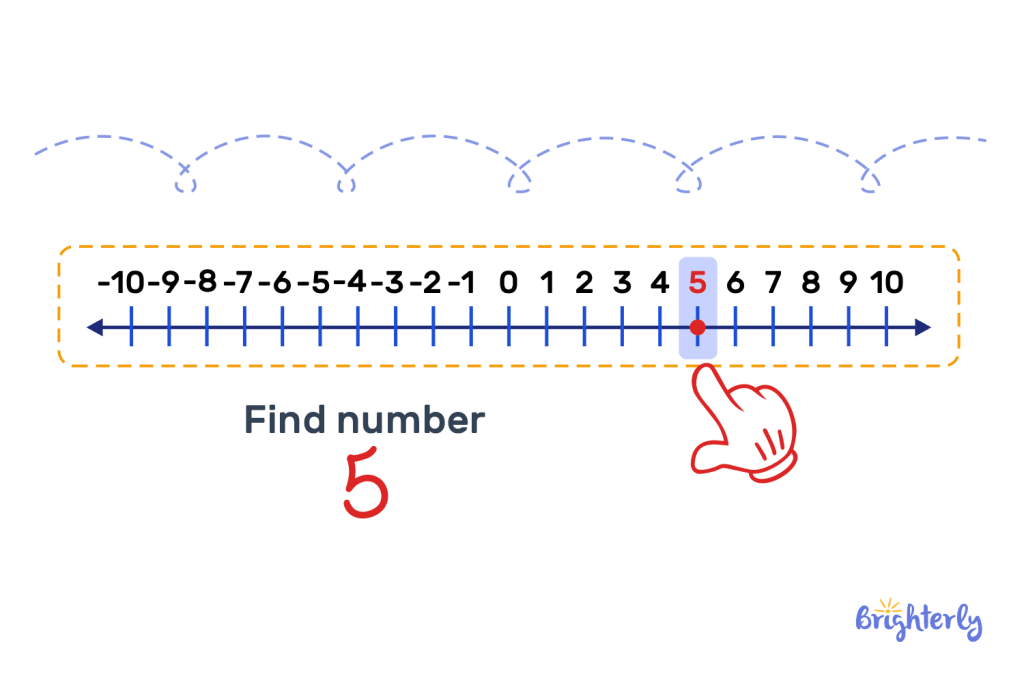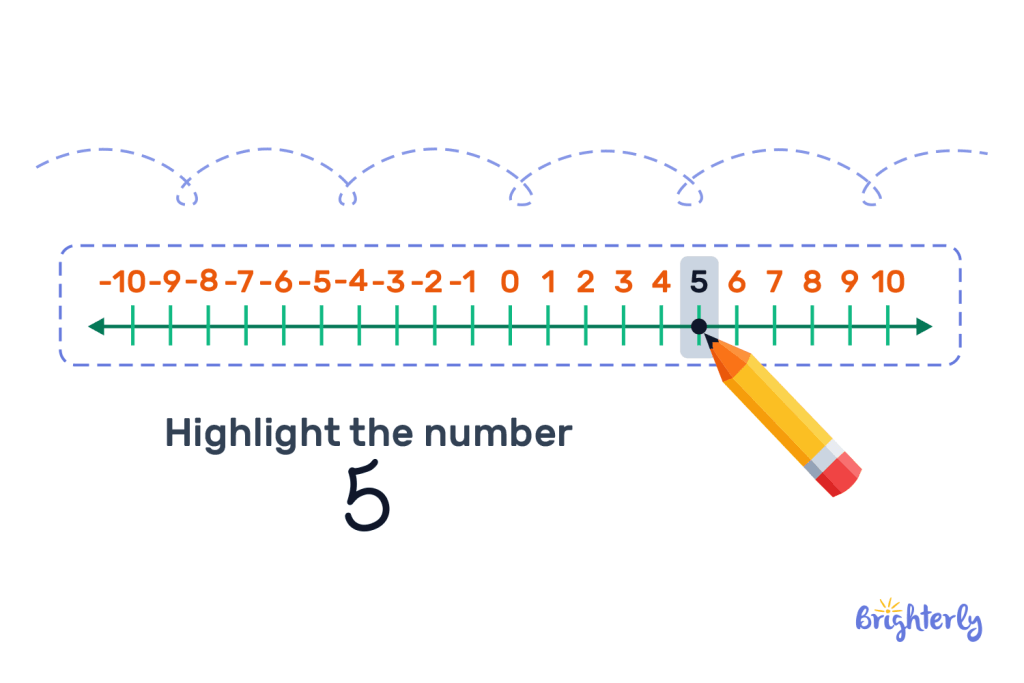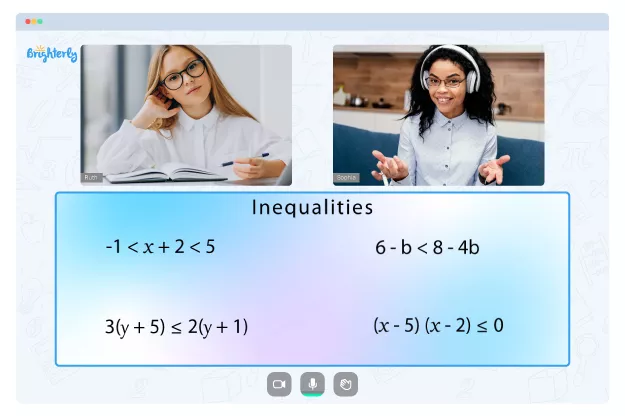Greater Than or Equal to Definition and Examples
reviewed by Jo-ann Caballes
Updated on October 8, 2024
Many symbols are used in linear inequalities to express the quantity of an unknown variable. One of them is Greater than or equal to.
This article will examine the meaning of greater than or equal to, explain the symbol ≥, and give relevant examples to help you understand this relational operator.
What does ≥ mean?
≥ is the equal to or greater than symbol.
Equal to can be represented by the symbol “=“. It means the equivalent of, or the direct alternative to something. We know that 1 summed with another 1 is 2, but if we were to express it in math, it would be 1+1 =2.
The symbol > means greater than. It signifies when something is greater in value than something else. It can explain if a thing has a higher quantity than another.
For instance, if X = 5, we can say X is greater than 3. Therefore, X > 3.
For instance, if X represents 3, we can say X is equal to 3 or X = 3.

What is greater than or equal to?
Greater than or equal to is used when a value is undetermined. It represents inequality when the comparison of two things is only partly known.
We use greater than or equal to (≥ ) when we know that an item has more value or is the same value as another, however, we may not know what that item’s value is.
For instance, in most US states, the minimum age to be legally allowed to drive is 16. This means your age can be equal to, or greater than 16 before you can legally drive a car.
This does not tell us your age which means your age is undetermined, but it is known that you are 16 or older if you are driving legally.
Greater than or equal to example
Let’s say X is greater than or equal to 3 (X ≥ 3).
This means when comparing the values, X is the same as 3 or higher than it. It is not less. Therefore, X might be 4, 5, 6, 7,8, and so on.
Other greater than or equal to examples
Some other examples of greater than or equal to include:
- X ≥ 1. This means X is greater than or equal to 1. Therefore, X can be 1, 2,3,4, etc.
- X ≥ 7: This means X may be 7 or any variable higher than 7.
Greater than or Equal to on a Number line
We can interpret the comparison operators and the relationship between values with a number line.
For example, to show X ≥ 5 on a number line, the following will be done:
- Find number 5 on the number line

2. Highlight the number 5 on the number line — this suggests that X equals to 5.

3. Draw a line from 5 to the rightmost number to show that X is any number greater than 5.
 Therefore, X is greater than or equal to 5.
Therefore, X is greater than or equal to 5.
Greater Than or Equal to, less than, greater than difference
The symbols ≥, <, and > are some of the comparison operators in math. They are used to show the value relationship between expressions or quantities.
Here are some of the differences between less than or equal to and greater than or equal to
| Greater than or equal to (≥) | Less than (<) | Greater than (>) |
| It shows when a quantity is higher than or the same as another | It shows when a quantity is lower than another |
It shows when a quantity is higher than another |
| It is represented by the symbol (≥) | It is represented by the symbol (<) | Its symbol is > |
| On the number line, the number given is first highlighted and then we draw a line to the right | From the given number, the line is drawn to the left on the number line. | Starting from the given number, the line is drawn to the right on the number line |
Solved Math Tasks: Examples
Solved math problem 1
The new rollercoaster ride says you have to be at least 4 feet (ft) to ride. How do we express this with a relational operator?
Answer
To be at least 4 feet to ride means you can be as tall as 4 feet or above before you can ride the rollercoaster.
| Therefore to ride, X must be ≥ 4. |
Solved math problem 2
Which numbers are greater than 61 from the numbers below?
23, 45, 67, 88, 31, 55, 51+12, 60, and 72.
Answer
51 + 12 = 63.
| 63, 67, 88, 72 ≥ 63. |
Solved math problem 3
Joan bought 5 apples, Bob bought 3 oranges, then returned to buy 1 more, and May bought 7 mangoes. Who bought the most fruits?
Answer
Joan = 5
Bob = 3 + 1 = 4
May = 7
Therefore, 7 is greater than 5, and 5 is greater than 4. In mathematical expression; 7 > 5 > 4
| This means May bought the most fruits, and then Joan bought more fruits than Bob. |
Solved math problem 4
Express X ≥ 7 on a number line
Answer
- Find 7 on the number line
- Highlight 7
- Draw a line from 7 to the right end of the number line
Solved math problem 5
Which of the following sentences is an expression for the equation: 72 ≥ X
- 72 is the equivalent of X
- 72 is less than X
- 72 is greater than or equal to X
- 72 is less than or equal to X
Answer
| The third option is correct. 72 is greater than or equal to X. |
Greater Than or Equal to Practice Math Problems
Greater Than or Equal to worksheets
Relational operators help us express the relationship between quantities with math. In this article, we covered greater than or equal to. Learn more about relational operators with Brighterly’s free worksheets:








